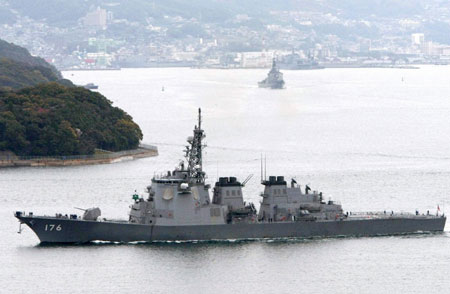Latest from NHK:
http://www3.nhk.or.jp/daily/english/13_06.html
If this is the same as what Urwumpe earlier called a level 4 emergency, then his analysis so far has been right on the money. Since he explained it as going to level 6, I dread to think what level 7 means.
Oh, and "very regrettable" might yet be the understatement of the century.
Nuclear accident rated at level 4
The Japanese government rates the accident at the Fukushima Number One nuclear power plant at level 4 on an international scale of 0 to 7.
Two radioactive substances, cesium and radioactive iodine, were detected near the Number One reactor at the plant on Saturday. Their presence indicates nuclear fission of uranium.
The Nuclear and Industrial Safety Agency said that fuel in the reactor partially melted. It's the first such accident in Japan.
A level 4 on the International Nuclear and Radiologocal Event Scale includes damage to fuel and release of significant quantities of radioactive material within an installation.
It's the same level as a criticality accident at a nuclear fuel processing plant in Tokai Village in Ibaraki Prefecture, south of Fukushima, in 1999.
The agency called the accident very regrettable even though it was triggered by an earthquake.
Sunday, March 13, 2011 07:08 +0900 (JST)
http://www3.nhk.or.jp/daily/english/13_06.html
If this is the same as what Urwumpe earlier called a level 4 emergency, then his analysis so far has been right on the money. Since he explained it as going to level 6, I dread to think what level 7 means.
Oh, and "very regrettable" might yet be the understatement of the century.
Last edited:


